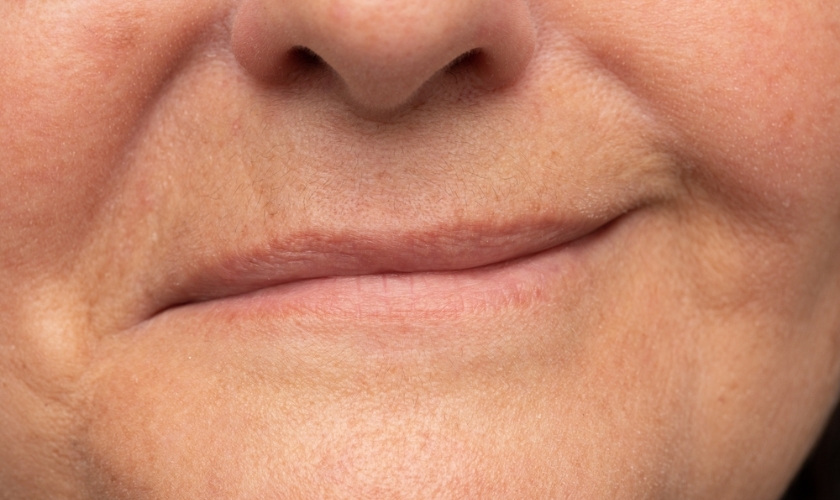10242 Greenhouse Rd #1002 Cypress, TX 77433
Understanding the Causes of Facial Weakness: A Comprehensive Guide

Facial Weakness: Unmasking the Hidden Struggles
Facial expressions play a crucial role in human communication, reflecting our emotions and intentions. Imagine a world where you are unable to smile, frown, or even close your eyes properly. This is the reality faced by individuals with facial weakness, a condition that can significantly impact their quality of life. In this comprehensive guide, we delve into the causes, implications, and treatments of facial weakness, with a particular focus on the role of traumatic brain injury in Cypress.
Understanding Facial Weakness
Facial weakness refers to the partial or complete loss of muscle control in the face, leading to the inability to perform normal facial movements. It can affect one or both sides of the face, causing asymmetry and difficulty in carrying out everyday tasks such as eating, speaking, and expressing emotions. While facial weakness can be temporary or permanent, it often poses significant physical, emotional, and social challenges for individuals.
Causes of Facial Weakness
Traumatic Brain Injury (TBI)
Traumatic brain injury, or TBI, is a leading cause of facial weakness. It occurs when an external force, such as a blow or jolt to the head, disrupts the normal functioning of the brain. In Cypress, TBI can result from various incidents, including falls, motor vehicle accidents, and sports-related injuries. The impact of TBI on the facial nerves and muscles can lead to facial weakness and paralysis.
Bell’s Palsy
Bell’s palsy is another common cause of facial weakness. It is characterized by the sudden onset of facial paralysis, usually affecting one side of the face. While the exact cause of Bell’s palsy is unknown, it is believed to be associated with viral infections, such as the herpes simplex virus. The inflammation of the facial nerve leads to weakness or paralysis of the affected side of the face.
Stroke
Stroke, a medical emergency caused by disrupted blood flow to the brain, can also result in facial weakness. When the blood supply to the facial nerves is compromised, it can lead to muscle weakness or paralysis. The severity of facial weakness in stroke patients can vary depending on the location and extent of the brain damage.
Implications of Facial Weakness
Facial weakness can have far-reaching implications for individuals, affecting their physical and emotional well-being, as well as their social interactions. The inability to express emotions through facial expressions may lead to misunderstandings and difficulties in interpersonal communication. Additionally, facial weakness can impact self-esteem and body image, causing psychological distress and reducing overall quality of life.
Managing Facial Weakness
Medical Interventions
The management of facial weakness often requires a multidisciplinary approach. In cases of traumatic brain injury in Cypress, prompt medical attention is crucial. Treatment options may include medications to reduce inflammation, physical therapy to improve muscle strength and coordination, and surgical interventions in severe cases.
Facial Exercises
Facial exercises can play a significant role in improving muscle tone and restoring facial movement. These exercises target specific facial muscles and help strengthen them over time. Working with a certified therapist or following a structured facial exercise program can yield positive results in managing facial weakness.
Assistive Devices and Techniques
Assistive devices and techniques can aid individuals with facial weakness in their daily activities. Eyepatches or protective glasses can help with eye closure, while specialized utensils and strategies can assist with eating and drinking. Speech therapy may also be beneficial in addressing speech difficulties resulting from facial weakness.
Facial weakness can be a challenging condition that affects individuals physically, emotionally, and socially. By understanding its causes, such as traumatic brain injury in Cypress, we can better comprehend the underlying mechanisms and explore effective treatment options. Whether through medical interventions, facial exercises, or assistive devices, it is possible to manage facial weakness and improve the quality of life for those living with this condition. If you or someone you know is experiencing facial weakness, seek professional medical advice to embark on a path towards recovery and improved well-being.


